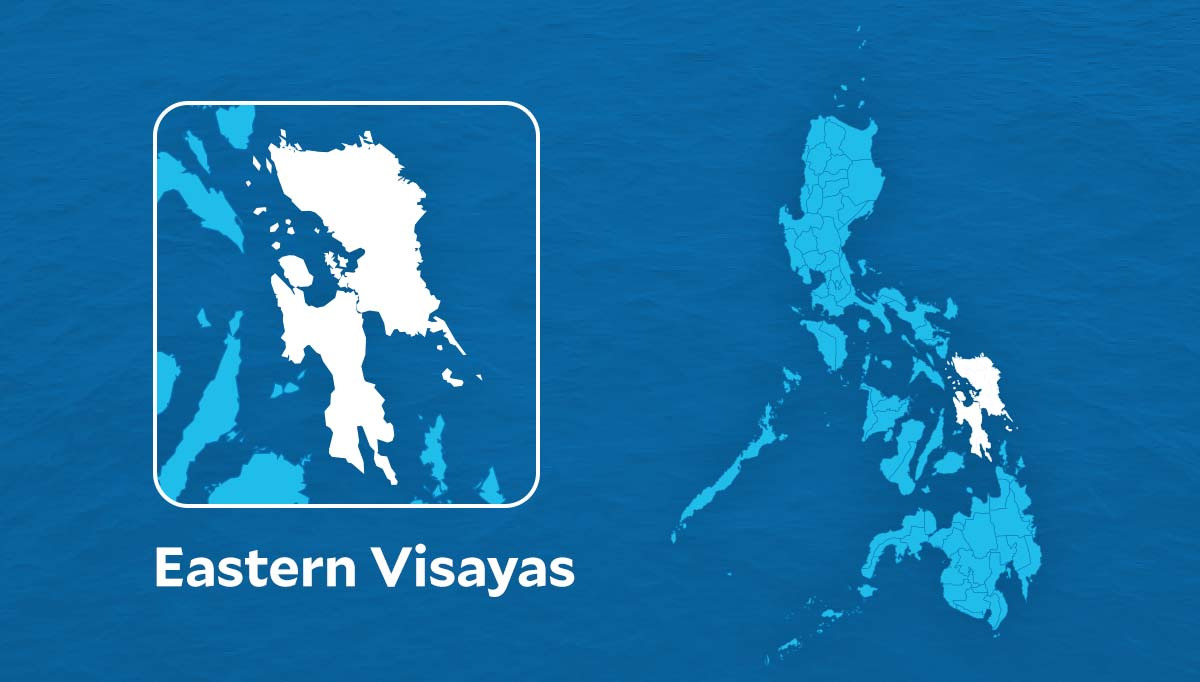Shellfish ban up in 11 Eastern Visayas areas
TACLOBAN CITY – A shellfish ban is up in 11 areas in Eastern Visayas this week, the Bureau of Fisheries and Aquatic Resources (BFAR) said on Wednesday.
In its advisory, the BFAR said the red tide was detected in seawater samples collected in Cancabato Bay in Tacloban City; coastal waters of Guiuan, Eastern Samar; coastal waters of Calbayog City, Samar; and Matarinao Bay in the towns of General MacArthur, Quinapondan, Hernani, and Salcedo in Eastern Samar.
Earlier, the bureau said seven bodies of water in the provinces of Leyte, Samar, Eastern Samar, and Biliran had been contaminated with red tide toxins, based on shellfish meat sampling.
These included Biliran Island in Biliran province; coastal waters in Leyte town; Carigara Bay in Babatngon, San Miguel, Barugo, Carigara, and Capoocan towns in Leyte province; Cambatutay Bay in Tarangnan town; Daram Island; Zumarraga Island; and Irongirong Bay in Catbalogan City in Samar province.
The public is strictly advised not to collect, sell, or eat any type of shellfish, including small shrimp, in these areas, the BFAR advisory said.
Fish, squid, shrimp, and crabs are safe for human consumption if they are fresh and washed thoroughly, and their internal organs, such as gills and intestines, are removed before cooking.
“The interplay of unusual weather patterns is seen to have a direct impact on unpredictable weather conditions in Eastern Visayas. Dry season and the onset of occasional heavy rainfalls could have triggered the upwelling of inner shallow bays, bringing up sediments laden with red tide microorganism cysts,” the BFAR Eastern Visayas said in a statement.
These microorganisms, the agency added, use the organic load that comes with the sediments to start the bloom.
“This occurred as a series of events in different inner bodies of water and was further intensified by the ever-changing current patterns in these areas, further spreading the red tide blooms,” BFAR said.
Red tide occurs when certain types of algae grow out of control.
The term red tide comes from the red color of the water caused by the algae overgrowth. The visible discoloration indicates a high presence of toxic microorganisms. (PNA)
